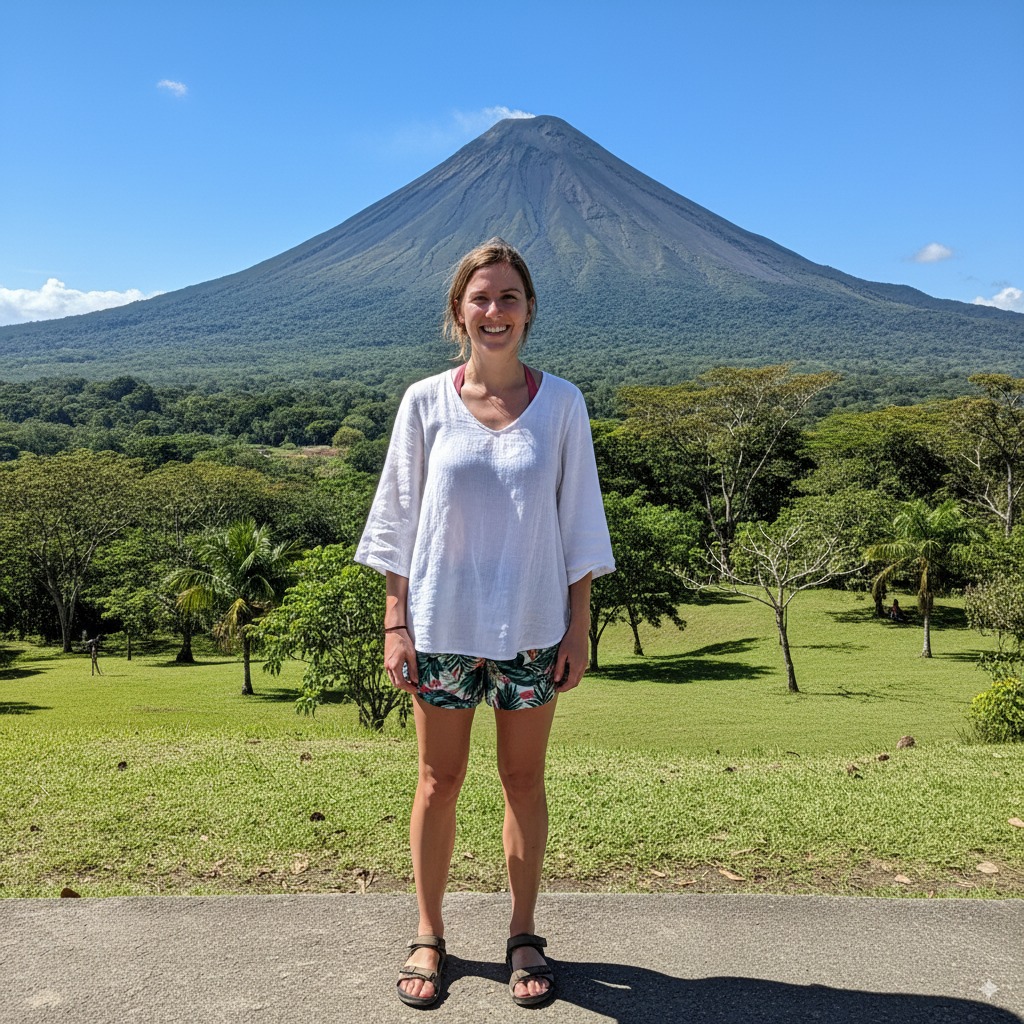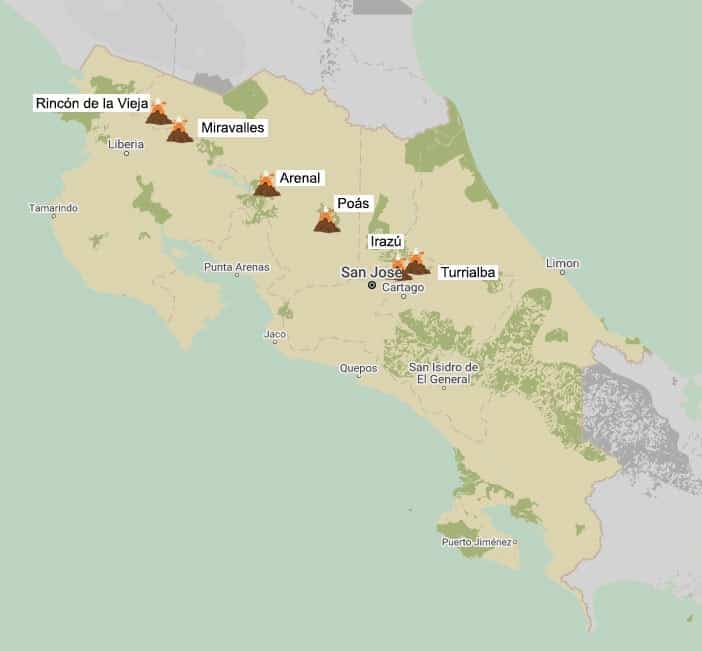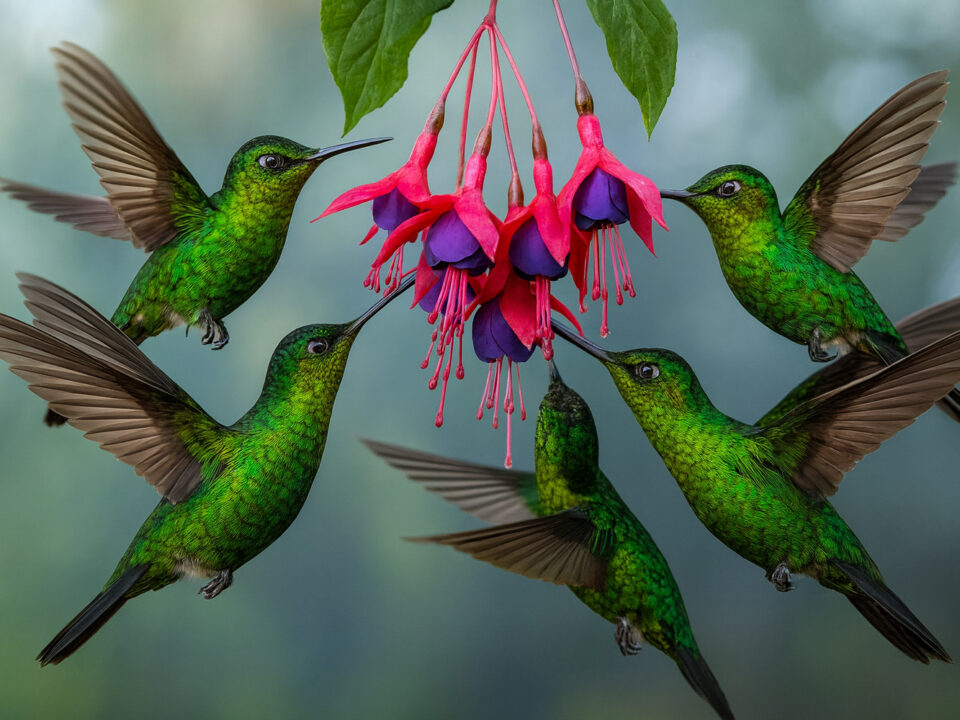Costa Rica Volcanoes: The True Heartbeat of the Earth
When most people think of Costa Rica, they picture dreamy beaches, lush rainforests, or exotic wildlife. But let me share a secret with you: the real heartbeat of this country lies in its volcanoes. My name is José, a local guide, and after years of walking beside these giants, I can assure you of one thing—once you stand in front of a steaming crater, you will never see the Earth the same way again.
Costa Rica’s volcanoes are not just mountains; they are living guardians that tell stories of eruptions, indigenous legends, and landscapes reshaped by fire and ash. Let me take you on a journey through their wonders.
Costa Rica Volcanoes Erupting
Costa Rica sits on the Pacific Ring of Fire, one of the most active geological regions on the planet. We have over 100 volcanic formations, and at least six are considered active today: Poás, Rincón de la Vieja, Irazú, Turrialba, Arenal, and Tenorio.
I’ve walked near each of them, and I can tell you—it’s not just about seeing a landscape. It’s about hearing the Earth breathe.
Poás Volcano National Park: One of the largest craters in the world, with a turquoise acid lake that looks like an emerald eye gazing at the sky. Standing at its viewpoint, I once felt the ground tremble under my boots, as if the planet itself had a heartbeat.
Rincón de la Vieja Volcano: A natural spectacle of bubbling mud pots, fumaroles, and hot springs. I’ve seen it launch steam columns that disappear into the clouds, a reminder of its restless energy.
Arenal Volcano: The perfect cone that roared with fire and lava for more than 40 years. Today it rests, but its silhouette remains one of Costa Rica’s most iconic symbols.
When we speak of Costa Rica volcanoes erupting, we are talking about living, breathing mountains—giants that demand respect and inspire awe.
Costa Rica Volcanoes Names You Must Know
Each volcano has its own personality, and knowing their names is like being introduced to ancient gods of nature:
Arenal Volcano: The postcard-perfect giant. From 1968 to 2010, it erupted continuously, glowing with lava every night. Although quiet now, it still attracts visitors for its trails, forests, and natural hot springs.
Poás Volcano: My unpredictable neighbor. Its acid lake bubbles like a cauldron, offering calm one day and sudden bursts of steam and ash the next.
Irazú Volcano: The highest volcano in Costa Rica, standing at 3,432 meters. On a clear day, you can see both the Pacific Ocean and the Caribbean Sea from its summit.
Turrialba Volcano: Known for powerful eruptions that once sent ash to San José. Today it’s calmer, but walking along its smoking slopes is a humbling reminder of nature’s force.
Rincón de la Vieja Volcano: A volcano of legends. Locals tell the story of a sorceress who lived on its flanks. With every visit, the bubbling mud and rising steam transport me into another world.
These are the names that resonate when travelers ask about Costa Rica volcanoes names, and each deserves to be experienced in person.
Costa Rica Volcanoes Facts That Will Amaze You
Here are some surprising Costa Rica volcanoes facts that even locals find fascinating:
Costa Rica has more than 120 volcanic structures, but only about six remain active.
Arenal Volcano had one of the longest continuous eruptions in modern history—over 40 years without rest.
In the 1960s, Irazú Volcano erupted so strongly that ash covered San José for months, damaging crops—but later enriching the soil.
Poás Volcano hosts one of the most acidic lakes on Earth, with waters capable of corroding metal.
Rincón de la Vieja Volcano is a complex system of multiple craters, fumaroles, and geothermal activity that fascinates scientists worldwide.
Whenever I share these facts during tours, visitors almost always pause in silence, then whisper a single word: “Wow.”

Why Volcanoes Matter to Costa Rica
Volcanoes are more than natural attractions. They shape every part of our life:
Economy: Their fertile soils grow coffee, vegetables, and fruits that sustain entire communities.
Tourism: Thousands of visitors come each year for hiking, hot springs, and unique landscapes.
Culture and legends: From indigenous gods to stories of witches and lovers, volcanoes are woven into our folklore.
Personally, I believe they teach us humility. Standing before an erupting volcano, you quickly realize—we are not owners of nature, only temporary guests in its home.
Planning Your Visit: Best Volcano Tours in Costa Rica
If you dream of seeing a volcano up close, here’s what I recommend:
Poás Volcano National Park – Easy access to the crater with prior reservation. A must-see.
Rincón de la Vieja – Perfect for hiking, waterfalls, and natural hot springs.
Irazú Volcano – Best for panoramic views stretching from ocean to ocean.
Arenal Volcano – Even dormant, it’s the most visited, thanks to luxury hotels and thermal spas.
Turrialba Volcano – Less crowded, raw, and adventurous for true explorers.

Costa Rica is, without doubt, the land of volcanoes. Alive, majestic, and sometimes unpredictable, they remind us daily of the fine line between destruction and creation.
Even after years of walking beside them, I still get chills hearing Poás rumble, seeing steam rise at Rincón de la Vieja, or watching Arenal’s perfect silhouette at sunrise.
When you come, don’t just look at them—feel them, respect them, and let them change the way you see the world.
Join a journey that goes beyond the volcanic craters—explore the heart of Costa Rica’s wild beauty with Our Tours. Whether you’re drawn to volcano hikes, rainforest wildlife, or a romantic escape infused with natural wonder, you’ll find the perfect adventure crafted just for you. From soaring through cloud forests and birdwatching at dawn to relaxing in thermal hot springs and soaking in pura vida, every tour is an invitation to experience Costa Rica’s most extraordinary landscapes.
✨ Ready to live it yourself? Explore our full selection of Costa Rica tours and let us help design your dream journey today.


